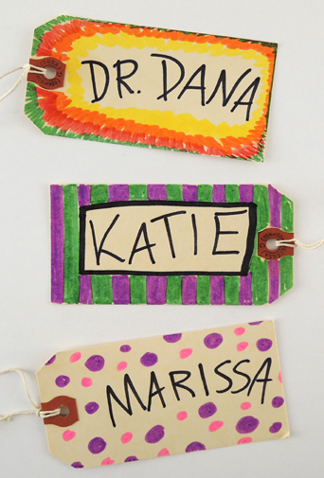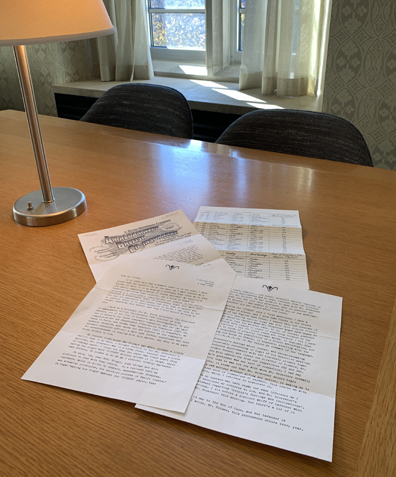 In the age of electronic communication – texts, emails, Slack, Zoom – there’s something magical about receiving an old fashioned letter in your mailbox. It’s even more thrilling when the return address says the correspondence is from Sherlock Holmes!
In the age of electronic communication – texts, emails, Slack, Zoom – there’s something magical about receiving an old fashioned letter in your mailbox. It’s even more thrilling when the return address says the correspondence is from Sherlock Holmes!
Our library has worked with Detective Holmes on multiple occasions. We helped him solve the mystery of a missing tiger (virtual escape room) and also track down an antidote to poison that had been released in the Princeton water system (in person escape room). And younger detectives can try rebus puzzles here. Yes, we believe our crime solving skills are top-notch and we needed a new task. So when Katie discovered a mystery-solving mailing game, she decided to give it a test drive! Take it away, Katie!
“Dear Holmes” is a monthly subscription that mails mysterious letters addressed to Sherlock Holmes directly to your mailbox. You receive five letters every month: four letters with clues and one letter with the answer. The challenge is to solve the case before the master literary detective himself sends his solution. When you sign up, you select one of three levels of membership spanning a year: we subscribed for three months for $60. There’s a gift option for sending letters to those who enjoy figuring out whodunit, and you can pause or renew your subscription at any time.
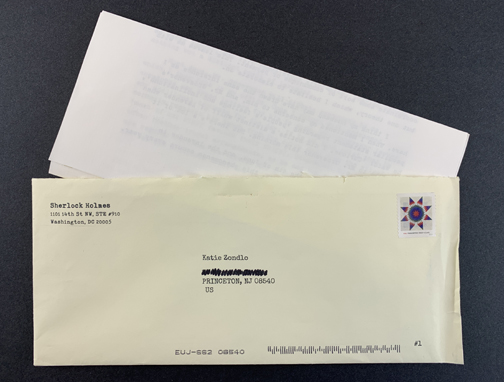
My first letter arrived in early June and I had my magnifying glass at the ready. I wasn’t entirely sure what to do, so as I read I would make mental notes of strange coincidences, interesting conversations, and odd happenings that were shared by the writer of the letter. When the solution message from Holmes arrived at the end of the month, I found myself saying “oh yeah!” and “I knew it!” as I was reading his explanation. When I received the next letters, I paid close attention to all of the critical details shared in the document. I highlighted passages and wrote notes in the margins, all while asking my own questions and making comments about who may be behind the crime. And I was right! I didn’t figure out every piece of the puzzle, but I had pinned the correct person behind the dastardly deed.
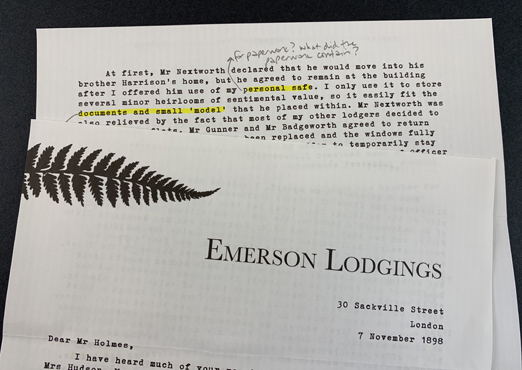
The attention to detail within the letters is really remarkable. The behind the scenes authors who write the story lines provide every minute detail to make you believe you are communicating with a person living in Victorian London. The paper and envelope are extremely high quality, and the font that is used is somewhat reminiscent of the era.
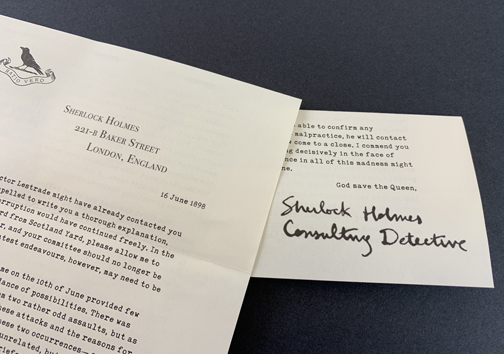
“Dear Holmes” a fun activity for your entire friend or family group, whether you are living close together or are on different sides of the country. It’s a mystery that isn’t solved immediately, so there’s time to debate and discuss before the next letter arrives. It’s also something you can do entirely on your own. There’s no provided age range, but I would suggest 12+. I recommend “Dear Holmes” wholeheartedly!
A historical note about the intro photo, which was taken in the William Elfers ’41 Reading Room on the third floor of Firestone Library. Discreetly tucked under a staircase is the personal secretary desk of John Witherspoon, who was President of Princeton University from 1768-1794 and is a signer of the Declaration of Independence. One can only imagine Sherlock Holmes scribbling his own letters using a similar style desk!
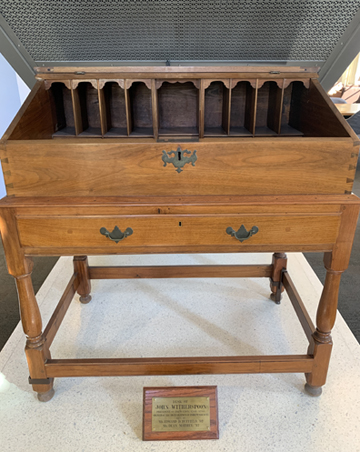

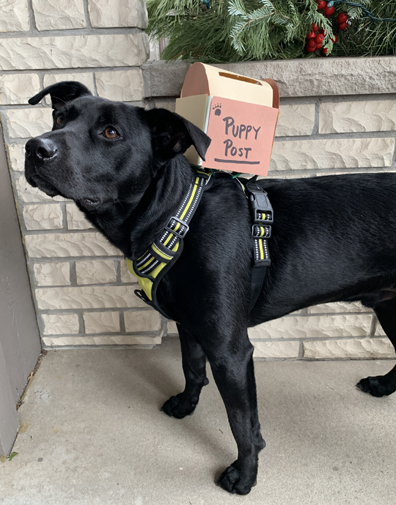 Dogs truly are a person’s best friend. But what happens when a dog desperately needs a new person to love and call their own? Why not say it with this postbox and letter set, designed by Katie, and delivered by a very special addition to her family!
Dogs truly are a person’s best friend. But what happens when a dog desperately needs a new person to love and call their own? Why not say it with this postbox and letter set, designed by Katie, and delivered by a very special addition to her family!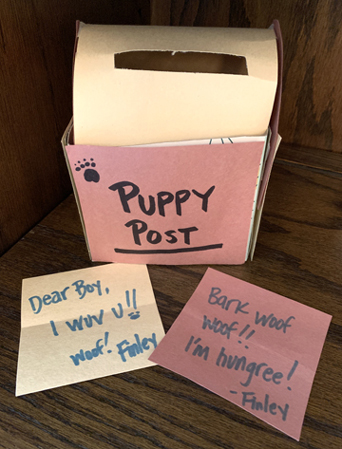
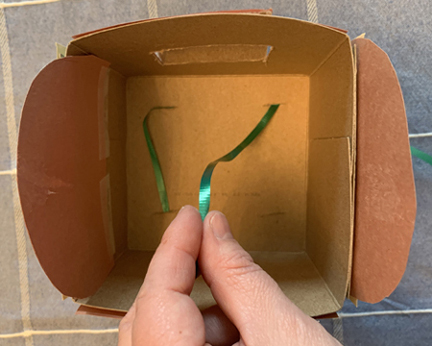 Now, four loose ends of ribbon will be sticking out of the bottom of the box. Tie those ends around your dog’s harness (or around their body) and trim off the extra.
Now, four loose ends of ribbon will be sticking out of the bottom of the box. Tie those ends around your dog’s harness (or around their body) and trim off the extra.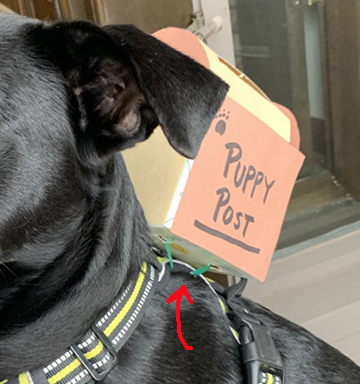 Drop a letter into the mailbox, and send them off to deliver the special note!
Drop a letter into the mailbox, and send them off to deliver the special note!
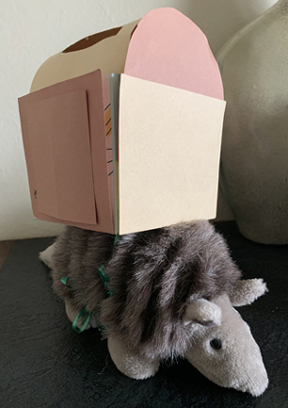
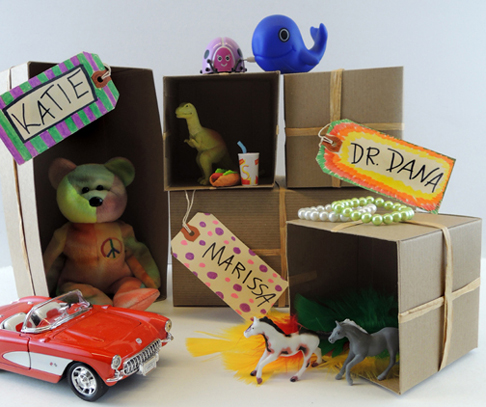 A brown paper package tied up with string? Check! It’s up to you and your partner, however, to guess what’s INSIDE the package!
A brown paper package tied up with string? Check! It’s up to you and your partner, however, to guess what’s INSIDE the package!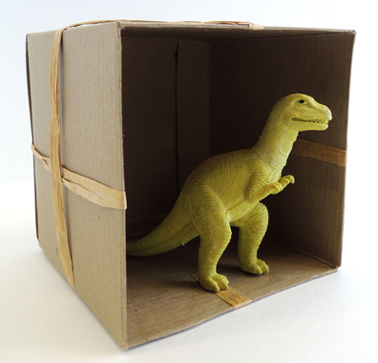 If you’d like to add a little craft project to the story time, we found these old package labels in the office supply cabinet and used markers to decorate them. Or you can fashion your own using card stock, a hole punch, and string.
If you’d like to add a little craft project to the story time, we found these old package labels in the office supply cabinet and used markers to decorate them. Or you can fashion your own using card stock, a hole punch, and string.